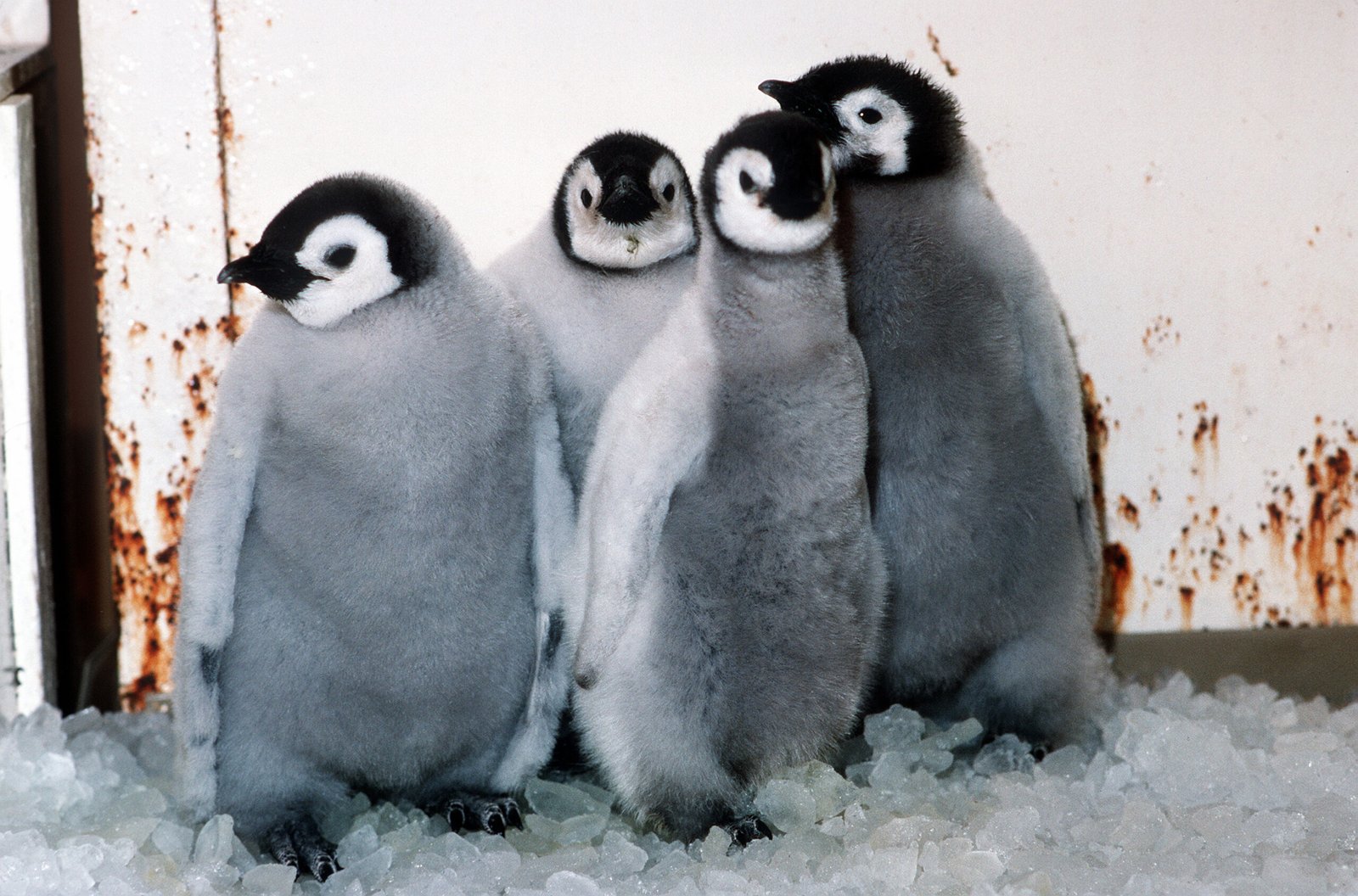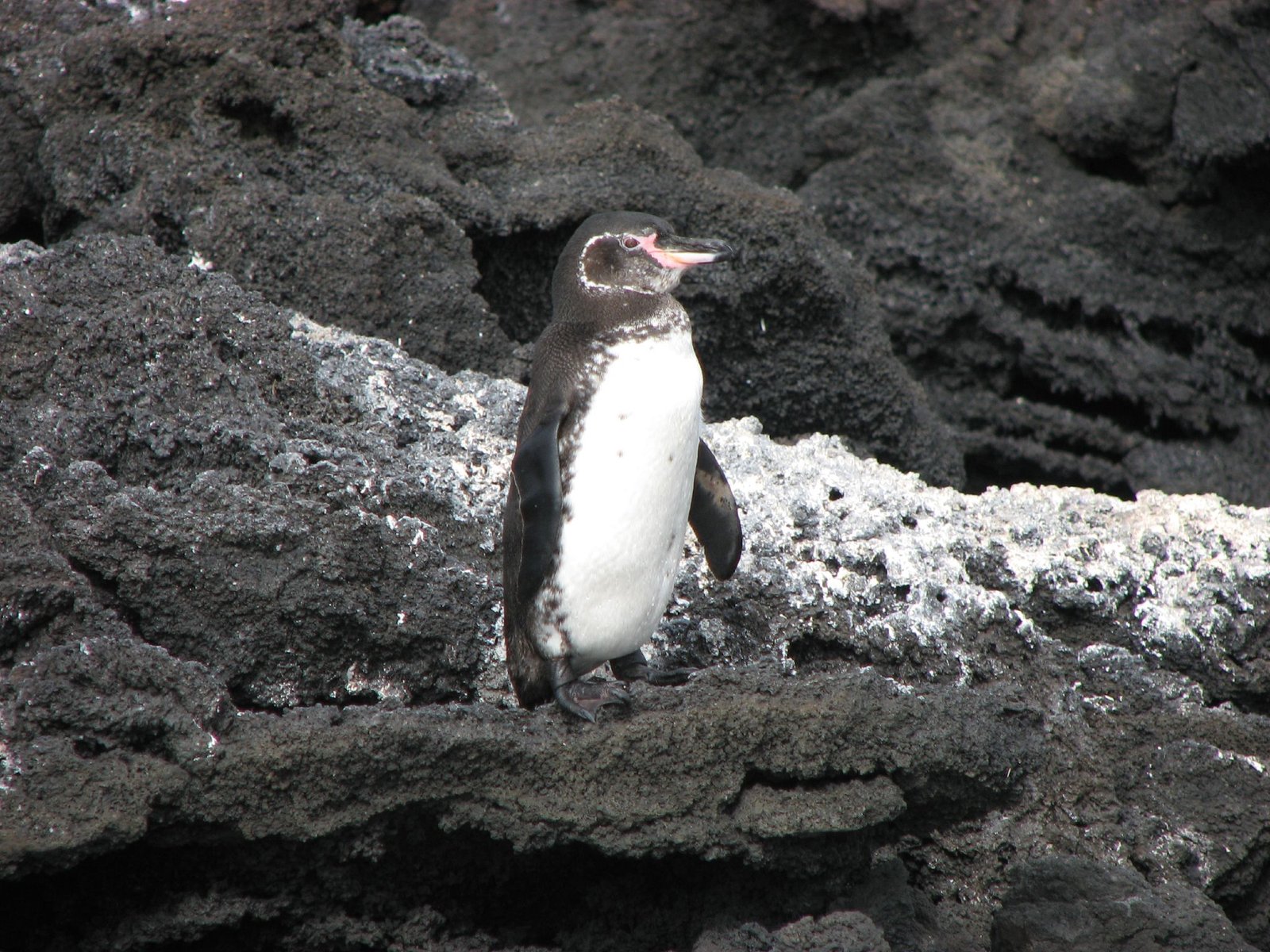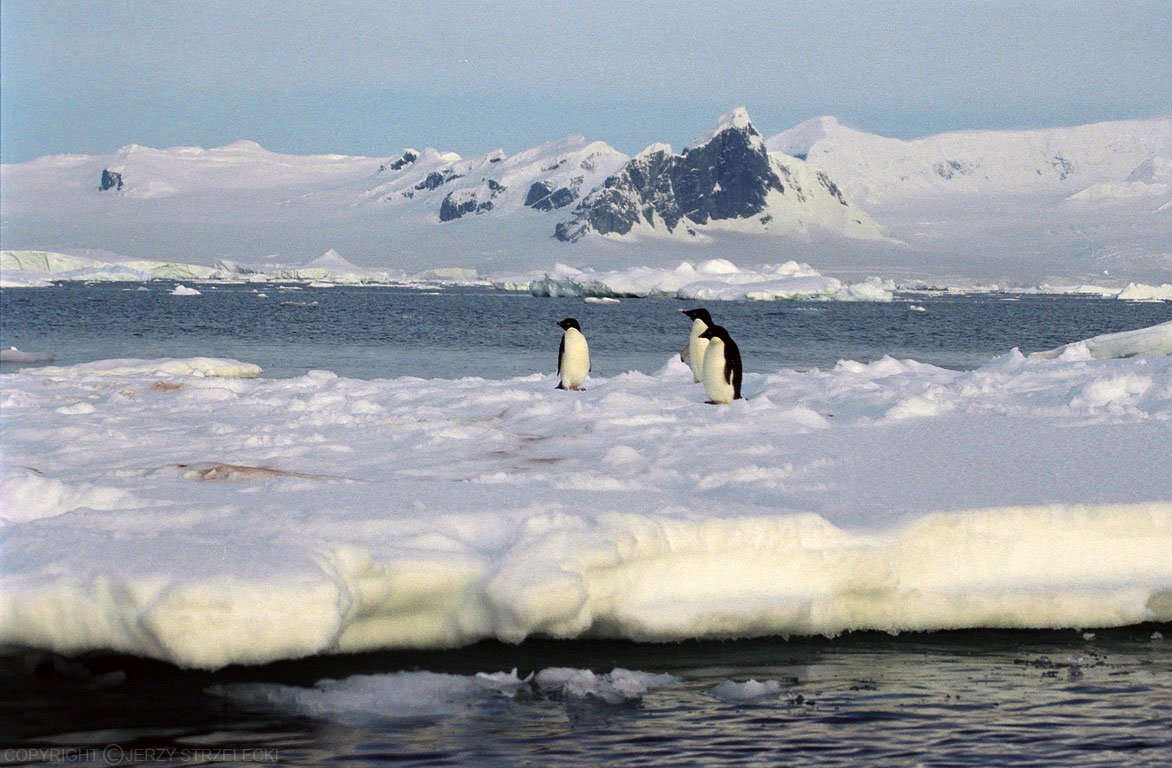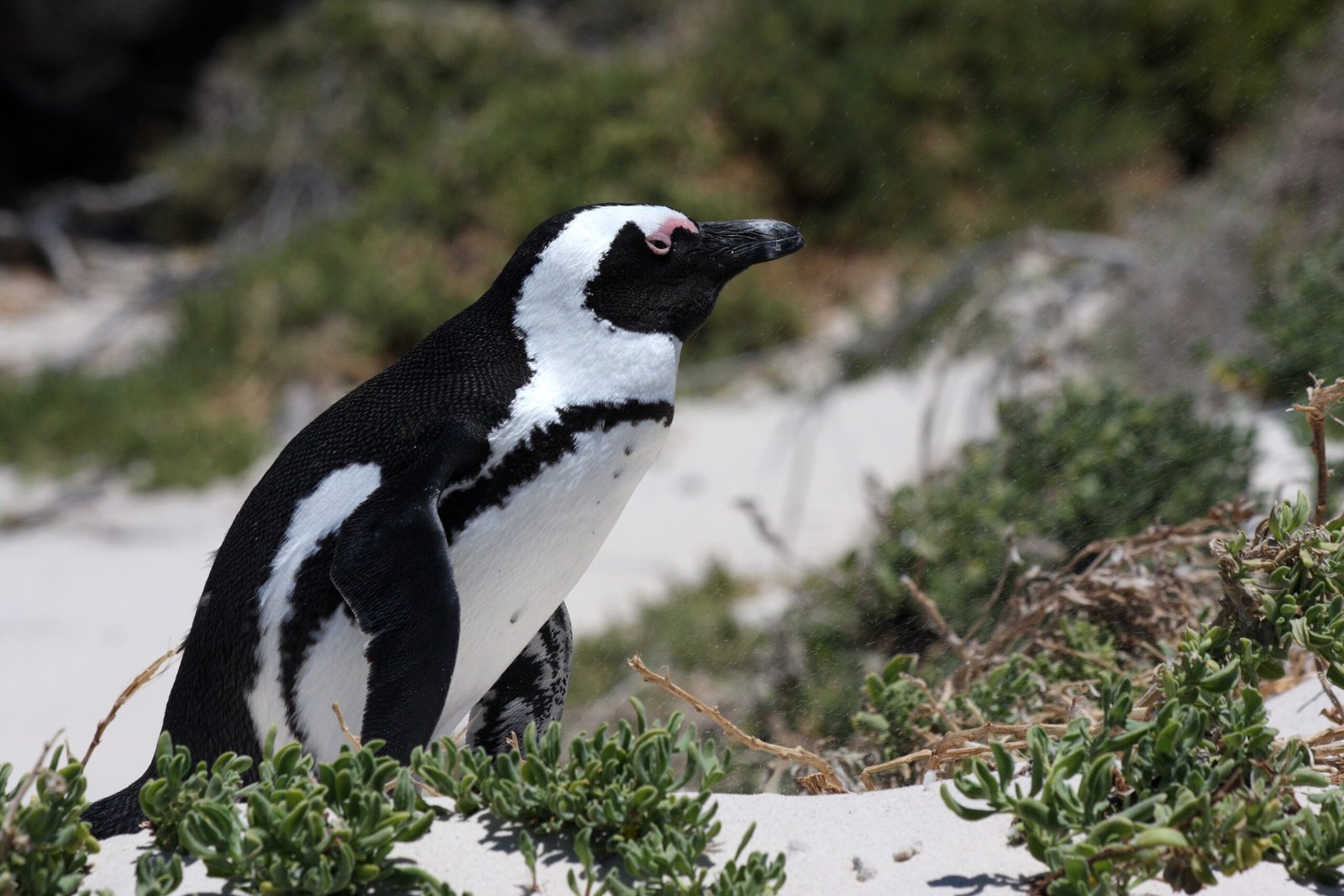Imagine wading barefoot through Antarctic ice, the wind howling, snow biting at your skin, and temperatures plummeting well below zero. Sounds impossible, right? Yet, every single day, penguins do just that. Their feet stand on ice for hours, untouched by frostbite or freezing. How do these tuxedoed wonders pull off this frosty feat? Let’s step into their chilly world and unravel the secrets behind one of nature’s coolest mysteries.
Penguins: Masters of the Cold
Penguins are nothing short of cold-weather superstars. These birds thrive in places most creatures flee from, like Antarctica, where temperatures can dip below minus 60 degrees Celsius. With their iconic waddle and endearing personalities, penguins seem almost comical in their ice kingdom. But underneath that feathery exterior is a body designed to outsmart the cold at every turn. Their ability to survive—and even flourish—on ice begins with an impressive set of adaptations, especially in their feet.
The Power of Insulation
While penguins are famous for their plush feathers, their feet are a different story. Feathers stop at their ankles, leaving their feet looking bare and exposed. Yet, there’s more to these feet than meets the eye. Underneath the thin skin layer is a dense network of fat and connective tissues. This doesn’t provide the same warmth as feathers, but it helps slow down heat loss. It’s like wrapping your hands in a thin but effective glove instead of going bare.
Counter-Current Heat Exchange: Nature’s Ingenious Trick
The real magic happens inside the penguin’s legs. Penguins use a system called counter-current heat exchange, which is a bit like a natural radiator. Warm blood flowing from the body travels down the leg, passing right next to cold blood coming up from the feet. As they pass, heat from the outgoing blood warms the incoming cold blood. This means the feet are supplied with just enough warmth to stay above freezing, while the rest of the body keeps its precious heat. It’s a clever loop that ensures minimal energy is wasted.
Blood Flow Regulation: Keeping It Just Warm Enough

Penguins have remarkable control over the amount of blood that flows to their feet. When it’s extremely cold, tiny muscles constrict the blood vessels, reducing flow and heat loss. If the temperature rises or the penguin starts moving, those vessels open up, letting more blood in to warm the feet. It’s a constant dance—a tug-of-war between keeping warm and conserving energy. This ability to fine-tune blood flow is crucial to their survival.
The Role of Scaly Skin
Take a closer look at a penguin’s feet and you’ll see tough, scaly skin. Unlike soft skin that’s easily damaged by ice, these scales act like a natural shield. They’re built to resist cuts, scrapes, and the numbing effects of the cold. The rough texture also helps penguins grip the slippery ice, preventing embarrassing penguin pileups. It’s a practical, low-tech solution to a high-stakes problem.
Fat Layers and Minimal Muscle
Unlike mammals, penguin feet don’t have a lot of muscle tissue. This is intentional. Muscles generate heat and require a lot of blood flow, which could lead to dangerous heat loss. By packing more fat and connective tissue instead, penguin feet stay functional without acting like tiny radiators leaking warmth into the ice. It’s another example of evolution’s careful balancing act.
Standing Still: Saving Energy, Not Just Heat
If you’ve ever watched a penguin colony, you’ll notice that many penguins stand perfectly still for hours. This isn’t laziness; it’s a survival strategy. By staying still, penguins reduce the amount of blood their muscles need, limiting heat loss. They also tuck their flippers and keep their bodies upright, minimizing the surface area exposed to the frigid air. Stillness becomes a shield against the cold.
Huddling Together: The Power of Community

Penguins rarely face the cold alone. In the harshest weather, they form tightly packed huddles, sometimes with thousands of birds. Each penguin gets a turn on the outside, braving the wind, before shuffling back into the warmer center. This communal living helps keep everyone’s feet—and spirits—just a little warmer. It’s teamwork at its most heartwarming.
Unique Biochemistry: Antifreeze in the Blood?

Some scientists believe that certain proteins in penguin blood act a bit like antifreeze, lowering the temperature at which their blood would freeze. While it’s not exactly like pouring antifreeze into a car engine, these proteins help keep the blood flowing smoothly, even in subzero conditions. It’s a subtle but important line of defense against frostbite.
Behavioral Tricks: When Feet Leave the Ice
Penguins don’t just stand on ice all day. They’re constantly shifting, rocking back on their heels, or even lifting their feet off the ground for a few moments at a time. These small movements help limit direct contact with the ice, reducing heat loss. It’s the equivalent of hopping from one foot to another on a hot beach, but in reverse.
Adaptations Across Species

Not all penguins live in the Antarctic deep freeze. Some, like the Galápagos penguin, inhabit warmer climates. But even these tropical penguins have retained many cold-weather adaptations, just in case. Their feet are less at risk of freezing, but the counter-current heat exchange system is still present—a testament to their icy ancestry.
Chick Survival: A Lesson in Adaptation
Penguin chicks are especially vulnerable to the cold. Parents shield them from the ice by tucking them onto their feet, covering them with a special fold of skin called a brood pouch. This not only keeps the chick warm but also demonstrates just how critical foot temperature regulation is from the very start of a penguin’s life.
Frostbite: Rare but Possible
While penguins are well-equipped for the cold, extreme conditions can still pose risks. Occasionally, in brutal winters, some penguins do suffer from frostbite, especially the youngest or weakest. These cases are rare and often the result of extended exposure to unusually harsh weather, highlighting the limits of even the best natural defenses.
Comparisons: How Do Other Animals Cope?
Penguins aren’t the only animals to face freezing feet. Arctic foxes, reindeer, and even ducks use similar counter-current heat exchange systems. However, penguins are unique in their environment—they stand on ice for much longer than most animals and have adapted more thoroughly to their frigid world. Their feet are a marvel of specialization.
Evolutionary Pressure: Why Feet Matter Most

Over millions of years, penguins have evolved in some of the world’s coldest climates. Any bird whose feet couldn’t cope with the cold simply didn’t survive to pass on its genes. This relentless pressure has honed penguin feet into the perfect tools for icy living. Every scale, vessel, and behavior is a legacy of survival.
Human Inspiration: Learning from Penguins
Scientists and engineers have taken note of how penguins manage the cold. Their counter-current heat exchange system has inspired everything from building insulation to medical devices that regulate temperature in humans. Nature’s designs often outsmart even our most advanced technology, and penguins are a perfect example.
Penguins in a Warming World

As climate change shifts temperatures and alters ice patterns, penguins face new challenges. Warmer weather might seem like a relief, but it can disrupt breeding cycles and food supplies. Their cold-weather adaptations, once perfect for survival, now face an uncertain future. The fate of penguins is tightly bound to the fate of their icy homes.
Can Penguins Teach Us About Resilience?

There’s something deeply inspiring about penguins’ ability to endure the harshest conditions on Earth. Their adaptations aren’t just about biology—they’re a lesson in resilience, teamwork, and thriving against the odds. The next time you see a penguin waddling across the ice, remember: those chilly feet are more than a quirky detail—they’re a symbol of nature’s genius.
The Takeaway: Nature’s Chilled Champions

Penguins’ feet don’t freeze because evolution has woven a tapestry of solutions—scaly skin, fat layers, heat-exchange blood vessels, smart behaviors, and the power of community. Their story is a reminder that even in the harshest corners of the world, life finds a way. Isn’t it astonishing how much can be learned from a single step on the ice?




